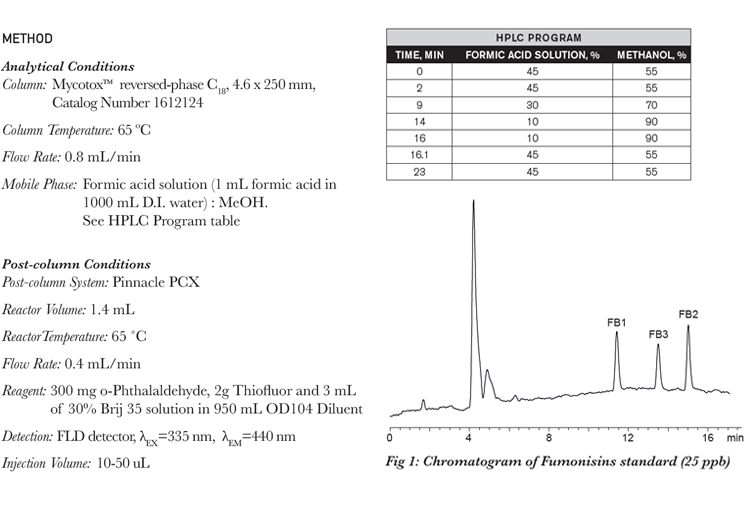By Rudy Suez
As an avid craft beer drinker, it is not often that I partake in lighter, bubblier drinking options. But I made an exception last week as I joined the rest of the Pickering Laboratories staff in a champagne toast to celebrate our big milestone.
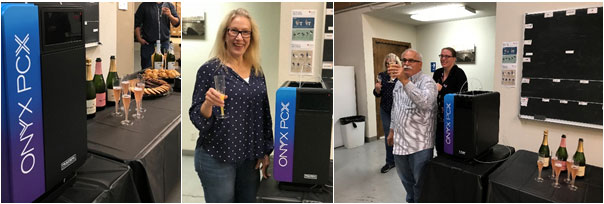
It’s a festive season and hopefully as you read this, you’re preparing to huddle around the dinner table with family and friends for the holidays. At Pickering last week, we kicked off December by huddling around our very first Onyx PCX instrument leaving the production floor!
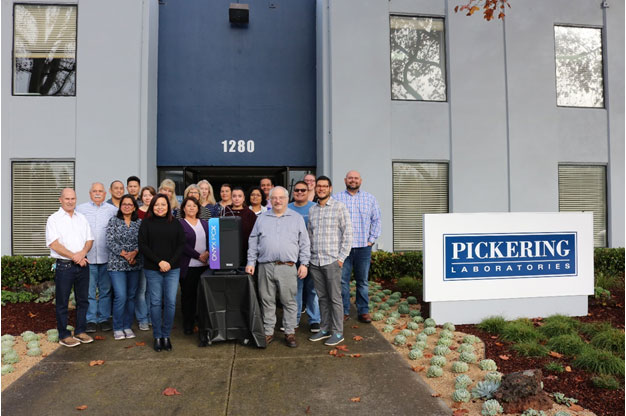
As you can see from our faces, it’s like we are kids opening presents again… but instead of unwrapping our first bike we are unveiling our newest Post-column instrument, the Onyx PCX.
We couldn’t have asked for a better send-off for our customer’s Onyx PCX – it spent the day before shipping surrounded by champagne, cookies and chocolate croissants, as well as plenty of smiles and high fives!!! We are absolutely thrilled to wrap up this extended product development project and see the instrument hit the open market. I can’t help but wonder who will be next customer to order this amazing instrument? Will it be you?! I hope so.
Lastly, as we celebrate this momentous occasion, we also know that as a small company, we could not have done this alone. Therefore, our team wants to make sure we thank all of the contract engineers and consultants that have worked so hard with us, past and present, to bring the project to completion. Without their support, we would never have been able to launch our new post-column instrument… and we think the Onyx PCX has turned out sleek and fabulous, if we do say so ourselves!
So, again, a big champagne cheers to the first production Onyx PCX! And a bigger thank you all of our contributors, customers and future customers!
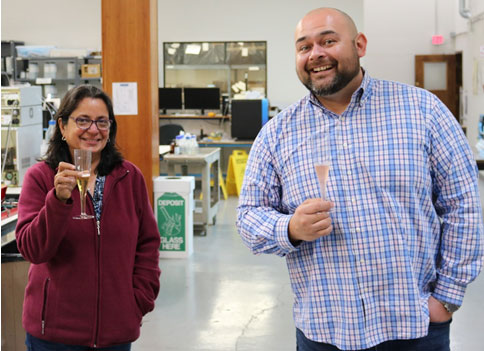

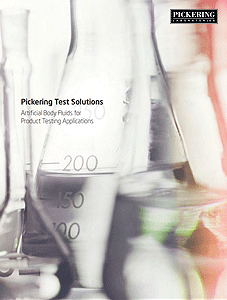 In case you’ve missed our recent activity, here is a summary of the new products we made available this year. Look for more exciting product testing solutions and post-column applications in the New Year!
In case you’ve missed our recent activity, here is a summary of the new products we made available this year. Look for more exciting product testing solutions and post-column applications in the New Year!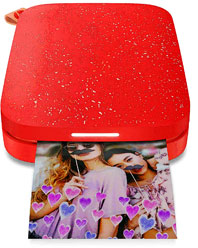 Pickering Labs would like to congratulate all of our winners for our previous newsletter’s I’m not seeing any peaks! Carbamates edition Quiz: Tom Schneider from Suffolk County Water Authority, Narjes Ghafoori from LA County Environmental Toxicology Lab, and Jiufeng Fan from Glaxo Smith Kline, and Dr. David Green from Pepperdine University.
Pickering Labs would like to congratulate all of our winners for our previous newsletter’s I’m not seeing any peaks! Carbamates edition Quiz: Tom Schneider from Suffolk County Water Authority, Narjes Ghafoori from LA County Environmental Toxicology Lab, and Jiufeng Fan from Glaxo Smith Kline, and Dr. David Green from Pepperdine University.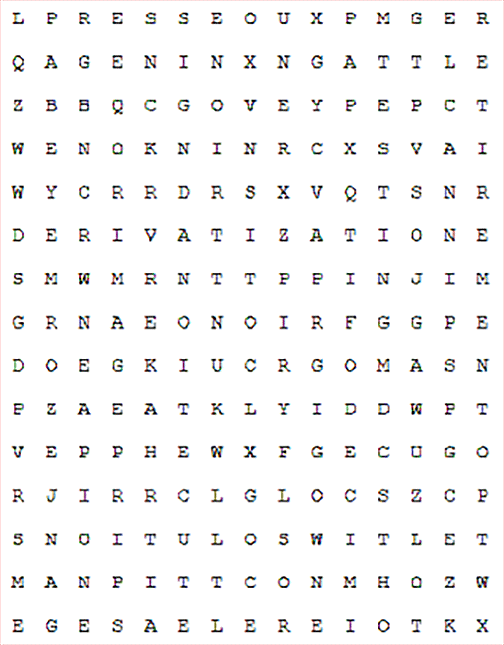



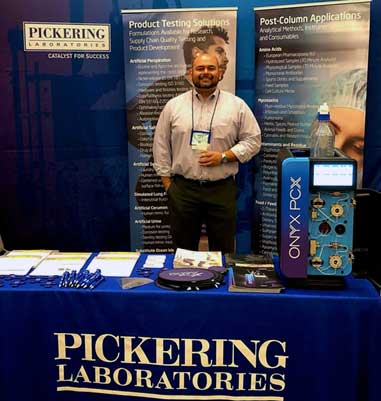
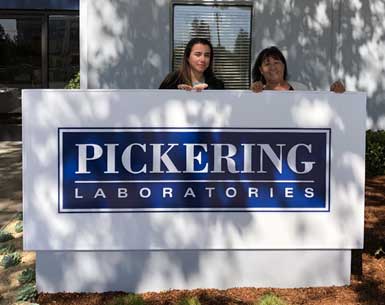
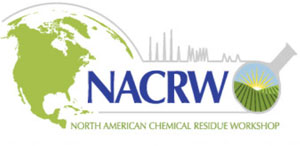 The North American Chemical Residue Workshop (NACRW), formerly known as the Florida Pesticide Residue Workshop, was held in Naples, Florida. For the 56th consecutive year, laboratory professionals met to discuss the latest trends in the analysis of pesticides, veterinary drugs and other chemical residues. The big topics at this meeting were cannabis analysis, novel and emerging contaminants in drinking water and food matrices, and finally trends in veterinary drug residue control. Sareeta Nerkar and Maria Ofitserova both attended this year, representing Pickering Laboratories at our booth and in several key technical and vendor presentations.
The North American Chemical Residue Workshop (NACRW), formerly known as the Florida Pesticide Residue Workshop, was held in Naples, Florida. For the 56th consecutive year, laboratory professionals met to discuss the latest trends in the analysis of pesticides, veterinary drugs and other chemical residues. The big topics at this meeting were cannabis analysis, novel and emerging contaminants in drinking water and food matrices, and finally trends in veterinary drug residue control. Sareeta Nerkar and Maria Ofitserova both attended this year, representing Pickering Laboratories at our booth and in several key technical and vendor presentations.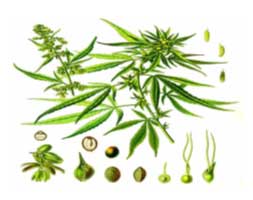 Pickering Laboratories has developed a new post-column derivatization method to analyze cannabinoids in cannabis plants and cannabis-containing edible products. This post-column method is based on reaction with Fast Blue Salt reagent under basic conditions, a well-known color-forming reaction that is used in drug tests to detect cannabinoids via test-tube methods and thin-layer chromatography. After derivatization, detection at 475 nm is performed using a UV/Vis detector. The same post-column method was used for analyzing cannabinoids in hemp but with a modified sample preparation procedure that was easier and faster.
Pickering Laboratories has developed a new post-column derivatization method to analyze cannabinoids in cannabis plants and cannabis-containing edible products. This post-column method is based on reaction with Fast Blue Salt reagent under basic conditions, a well-known color-forming reaction that is used in drug tests to detect cannabinoids via test-tube methods and thin-layer chromatography. After derivatization, detection at 475 nm is performed using a UV/Vis detector. The same post-column method was used for analyzing cannabinoids in hemp but with a modified sample preparation procedure that was easier and faster.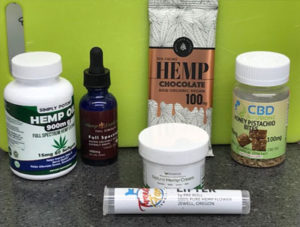 The United States 2018 Farm Bill changed the legal status of both domestic hemp cultivation and manufacturing of products that include parts or derivatives of hemp plants, including cannabidiol (CBD) derived from hemp. Moving forward, after obtaining the approval from the USDA, the individual States will assume primary regulatory authority over the hemp industry. The States need to present their plans for regulating hemp industry and otherwise be subject to USDA regulations. Unfortunately, there are several issues causing delays with release of standardized rules, the main problem being the absence of Federal delta-9 tetrahydrocannabinol (THC) testing standards. Testing for the presence of THC is necessary to distinguish hemp from marijuana.
The United States 2018 Farm Bill changed the legal status of both domestic hemp cultivation and manufacturing of products that include parts or derivatives of hemp plants, including cannabidiol (CBD) derived from hemp. Moving forward, after obtaining the approval from the USDA, the individual States will assume primary regulatory authority over the hemp industry. The States need to present their plans for regulating hemp industry and otherwise be subject to USDA regulations. Unfortunately, there are several issues causing delays with release of standardized rules, the main problem being the absence of Federal delta-9 tetrahydrocannabinol (THC) testing standards. Testing for the presence of THC is necessary to distinguish hemp from marijuana. Pickering Labs would like to congratulate all of our winners for our previous newsletter’s I’m not seeing any peaks! Carbamates edition Quiz: Jim Balk from Nebraska Public Health Environmental Lab, Josiah Hakala from Minnesota Department of Health, Narjes Ghafoori from LA County Environmental Toxicology Lab, Tom Schneider from Suffolk County Water Authority, and Jiufeng Fan from Glaxo Smith Kline.
Pickering Labs would like to congratulate all of our winners for our previous newsletter’s I’m not seeing any peaks! Carbamates edition Quiz: Jim Balk from Nebraska Public Health Environmental Lab, Josiah Hakala from Minnesota Department of Health, Narjes Ghafoori from LA County Environmental Toxicology Lab, Tom Schneider from Suffolk County Water Authority, and Jiufeng Fan from Glaxo Smith Kline.